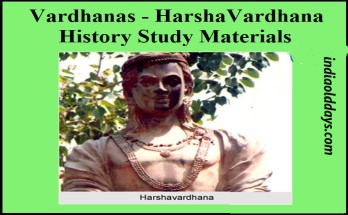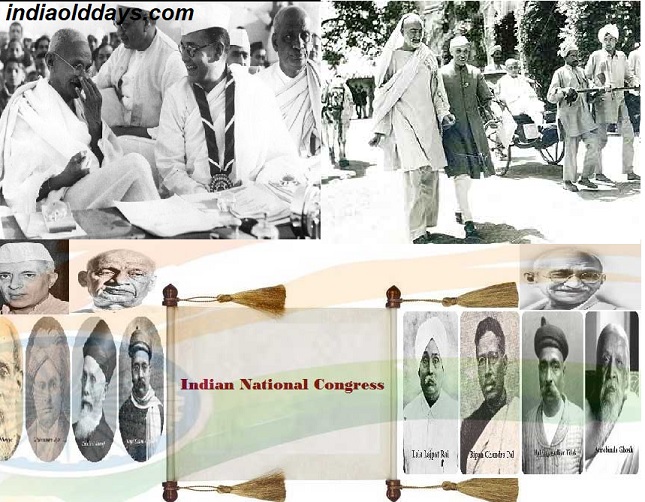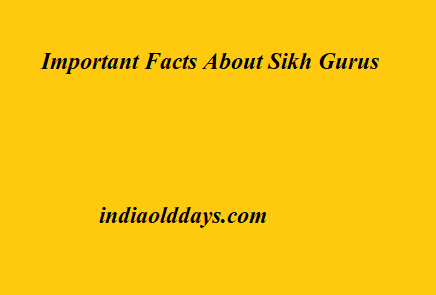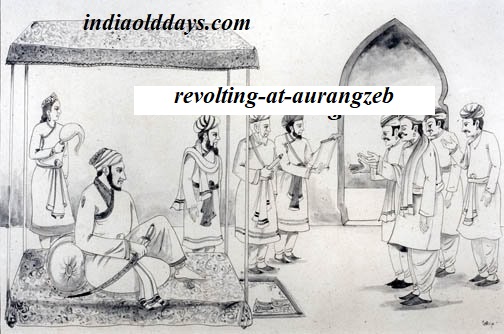Religion and Religious Life of Harsh
We get information about the personal religion of Harsh and the religious stage of its time from the tour of Harshacharit and Huanseang. The ancestors of Harsh were exclusive worshipers of Lord Shiva and Surya. Therefore, initially Harsh was also an ardent devotee of his family deity Shiva. Harshacharit reveals that he had worshiped Shiva before attacking Shashank. It seems that from childhood, his tendency was towards Buddhism. He interviewed a Buddhist monk named Divakaramitr in Vindhyavan, the effect of which was very much on Harsh. After meeting the Chinese traveler Huanseang, he granted royalty to the Mahayana branch of Buddhism and became a full-fledged Buddhist. In order to prove the excellence of Mahayaan in other religions, Harsh convened a huge assembly of Acharyas of various religions and sects in Kannauj.
Information provided by Hensang in a foreign account.
Chinese evidences show that the kings of twenty countries attended this assembly along with the famous Brahmins, Shramans, soldiers, Rajputs etc. of their countries. The ceremony lasted for twenty days and on the twenty-first day a grand procession was taken out by placing a three-fit tall golden idol of Buddha on a decorated elephant. Harsh distributed lots of pearls and valuables on this occasion. The meeting was presided over by Huensang. This resulted in greater propagation of the principles of Mahayaan Buddhism.
He also built Buddhist viharas and stupas. Harsha respected Buddhist monks and shramans and also rewarded them at time.
Who is called Vihara and Chaitya?
Religious tolerant emperor
Harsh embraced Buddhism in his later life, But he was also a religious tolerant emperor, Who respected various religions and sects. His generosity towards Brahmins has been mentioned in many places in Harshacharit. In the time of Harsha, a ceremony was held every fifth year in the confluence area of Prayag, which has been called Mahamoksar Parishad. Huensang himself attended the 6th ceremony. He writes that the kings of 18 subordinate countries attended it. There were also the rulers of Balabhi and Kamrup. Apart from this, the number of Brahmins, Sadhus, orphans and Buddhist monks was also very large. The ceremony lasted for about 75 days. Harsh had in turn worshiped the statues of Buddha, Surya and Shiva. In this religious ceremony of Prayag, Harsh used to distribute effervescent donations to the sorrows and orphans. He even robbed his precious clothes and personal ornaments.
How was Kamarup’s relationship with country and Harsh?
Battle of Balbhi and Harshavardhan.
By the time of Harshavardhan, the number of religions and sects had increased greatly. Shaivism was the most popular religion under Hinduism. According to Harshacharit, Lord Shiva was worshiped in each house of Thaneshwar. Idols and lingas were established to worship Shiv. Huge temples of Shiv were built in Malwa and Varanasi, where his thousands of devotees resided. Apart from Shiv, Vishnu and Surya were also worshiped. Followers of Pancharatraand Bhagavat sects also resided in Diwakarmitr ashram, whose worship method was of different types.
Huanseang mentions the temple of the Sun in Moolasthanpur. The gold-made statue of the Sun here was decorated with various materials. It was famous for its supernatural power even to the far distance. The Baan describes Ujjainis as worshipers of the sun. Worship of Durga Devi has been mentioned at many places in Harshacharit. Some people also performed ancient Vedic sacrifices. The Sangam shrine of Prayag was of great importance.
Different types of Yajna.
Along with Brahminism, Buddhism and Jainism were also prevalent in some regions. But the decline of these religions had begun.
The Mahayaan branch of Buddhism was on the rise. Harsh gave patronage to this branch. Huensang mentions 10 thousand monks of the Mahayana sect of Magadh. There were many stupas, monasteries and viharas in the country. Mahayaan Buddhism was taught in Nalanda Mahavihara.Jainism was not as popular as Buddhism, Jain-Matanuayi resided in Punjab, Bengal and some parts of southern India.
Reference : https://www.indiaolddays.com





